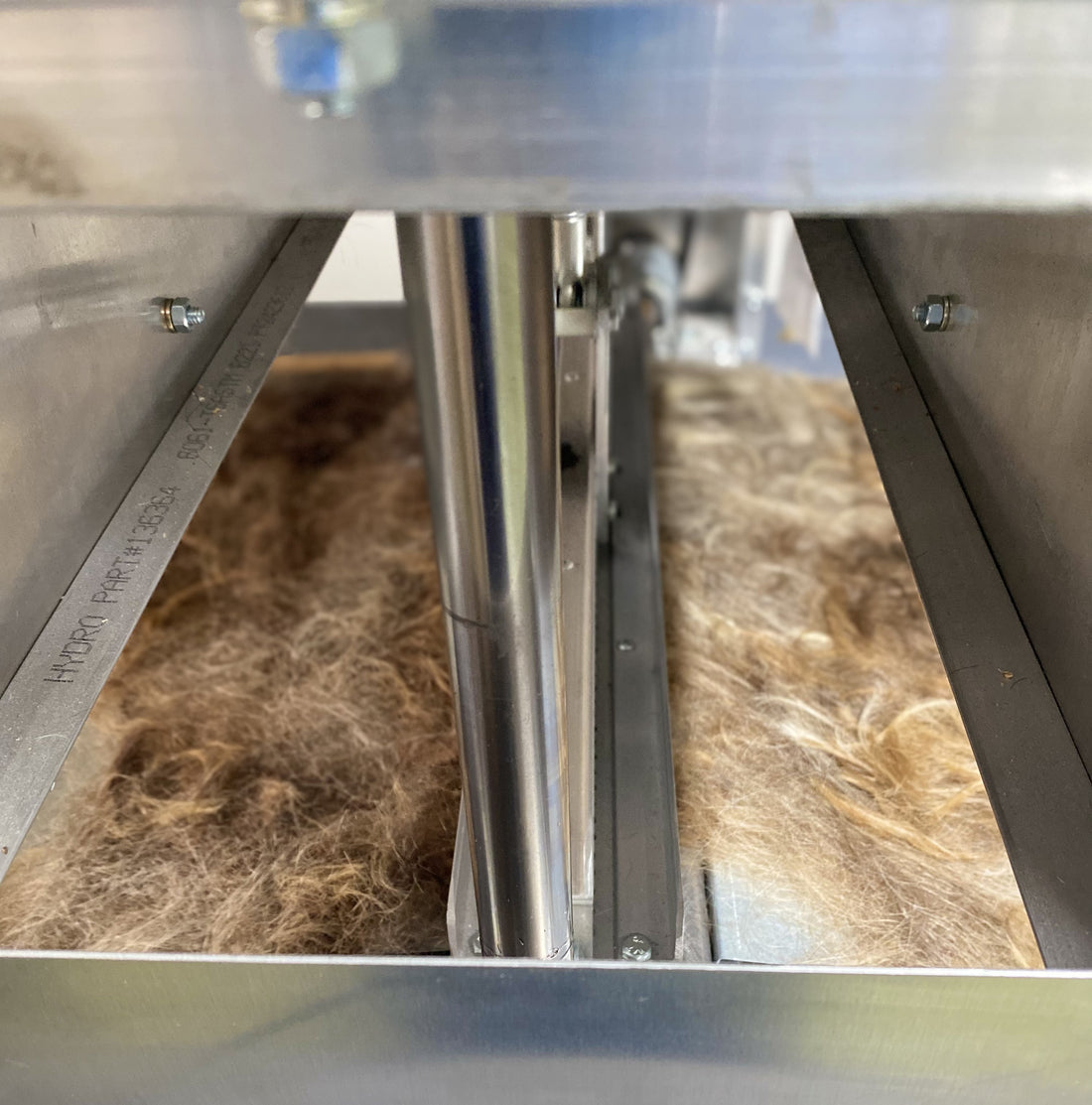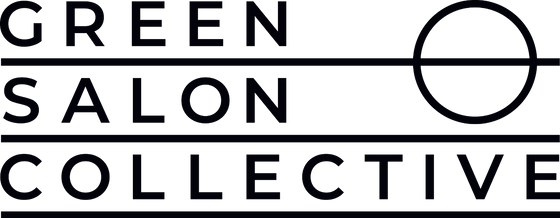
In conversation with Alix Bizet, a social designer working with hair
As part of our research and development work, we often work with artists and designers to find new ways to utilise waste human hair. One designer that we've been working with is Alix Bizet, who has been using GSC's very own felting machine as part of her process. Keep reading to find out more about Alix, and what she's been getting up to with waste hair...
Please tell us about yourself and what you do
I’m Alix Bizet, a social designer based in South London. I work with human hair, looking at both the physical material, as well as the stories behind it.

Tell us about your current project (s)
I’m trying to develop a new technique of felting with human hair, using Green Salon Collective’s machine. I’ve been using human hair since 2013, and now I can prototype and design on a bigger scale than I’ve previously been able to. The advantage of human hair is that it’s an abundant resource, and it grows on our heads so it’s traceable and renewable. I don’t see trimmed hair as waste, but with the felting machine I do have to consider innovative ways to use all lengths and types of hair, so that all the hair can be used and there’s no excess.
How did you become interested in hair as a medium?
I’ve always been interested in hair, but when I was studying product design at university in 2008 it started to become a focal point of interest, thinking about hair as waste as well as hair in society. I was also thinking about how not all hair is considered beautiful, or is represented within society. When I was doing my masters in social design, it all clicked together and my research became about waste, society, hair and how they fit within social design.
What ideas do you explore through your work with hair?
Of course, waste is a key part and exploring the way society decides what is useful or wasteful and the idea of sustainability fits into this too. I also think a lot about systemic racism, and what it is to design for diversity. Finally, I am interested in craft, the misrepresentation of certain crafts and anthropological questions.

How have you found using the felting machine with hair? How has this helped with your work?
I had done some needle felting before, and I was working with someone who had knowledge of needle felting too, so I knew how it worked and the overall process. The best things about the felting machine have been how quickly it allowed me to work quickly, efficiently and at a larger scale. If I have an idea, I can prototype it and get a result quickly. There aren’t many felting machines like this in Europe now, as many of the woollen mills have moved abroad and the knowledge has disappeared. With the GSC felting machine, I could now do all of my designing without needing to find and use another organisation's machine, I can do it on my own now!

Photography Credit: Alix Bizet
Have you faced any challenges by using hair as a medium? (the process of using hair, people’s attitudes, collecting hair to use)
My biggest challenge has come with wanting to use all hair, rather than only being able to use longer hair, as well as finding the right people to access their expertise.

Collecting hair can also be a challenge, how hair is discarded and treated around the world is different. In Europe and Western societies, we see hair as waste and have a real disconnection with our hair trimmings. However, we can’t assume that everyone sees hair the same way, so there also needs to be a sensitivity about how we use hair, in order to respect the diversity of different hair attitudes, there’s a lot of spirituality around hair too. It’s also important to be transparent, so that people whose hair is being used, know what it’s being used for.
What would you like people to take away from your work?
I want people to think beyond hair being a future material, and see how we can relate to nature through our human materiality. The idea of hair being thrown away as waste creates a disconnect, we lose an aspect of the hair’s story and the transparency and journey of the hair. I also want people to explore the politics of hair, and think about the way that we can understand how society functions through hair. From how hair informs identity, the biopolitics around our bodies and the relationships with power that hair illustrates.
We hope that you enjoyed reading more about Alix and her work, as well as her motivations and experiences with working with hair as a material.
If you liked this blog post, why not read another conversation with an artist using human hair to create dresses? Read the interview with Jenni Dutton here.

Alix Bizet


